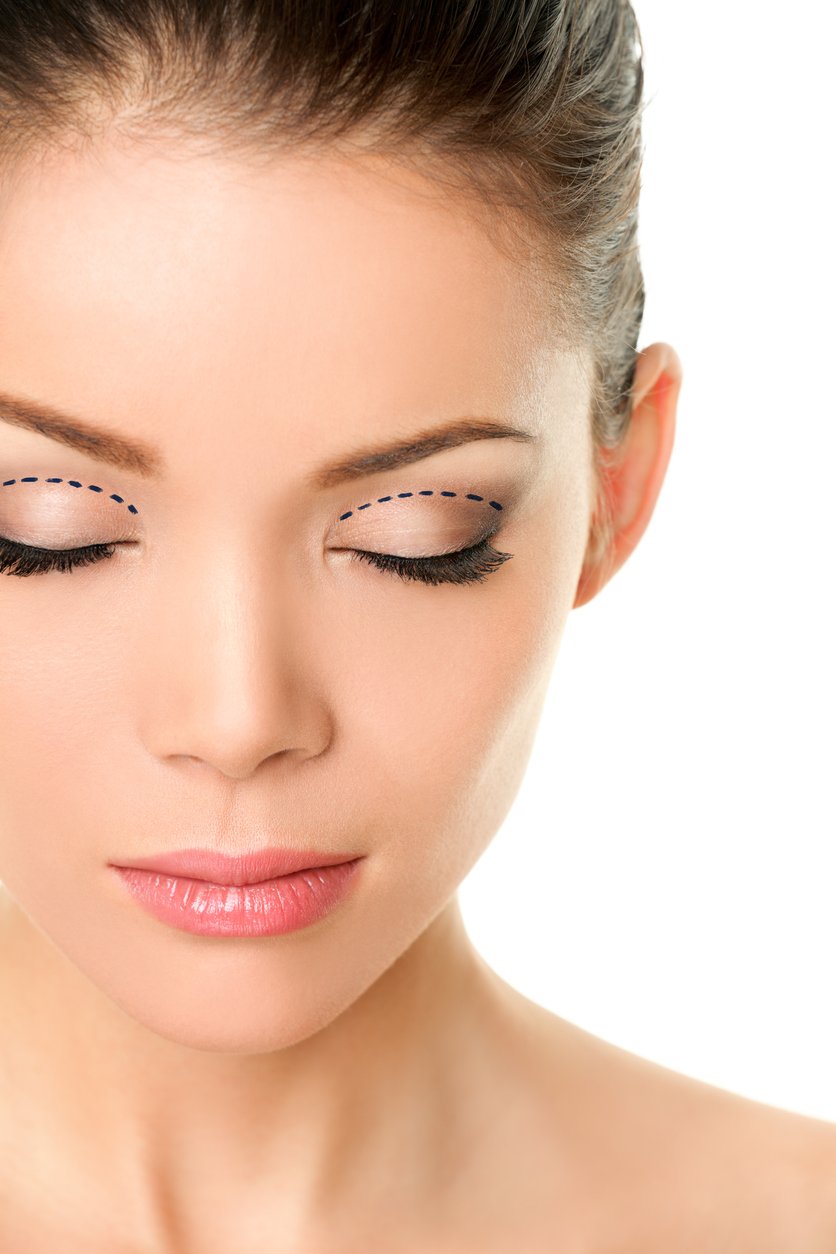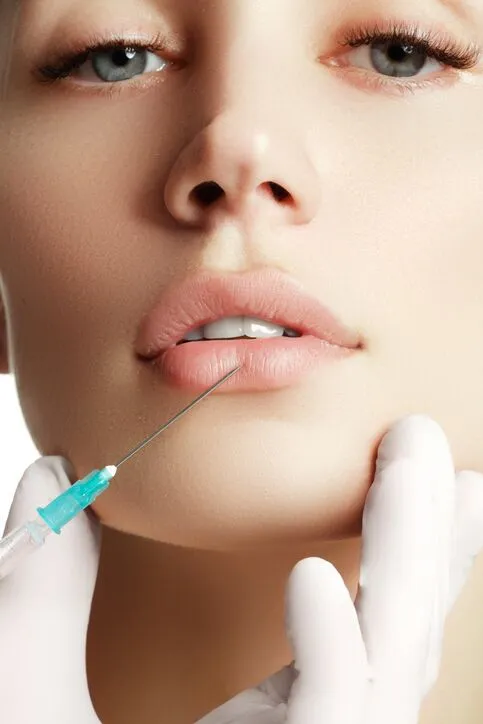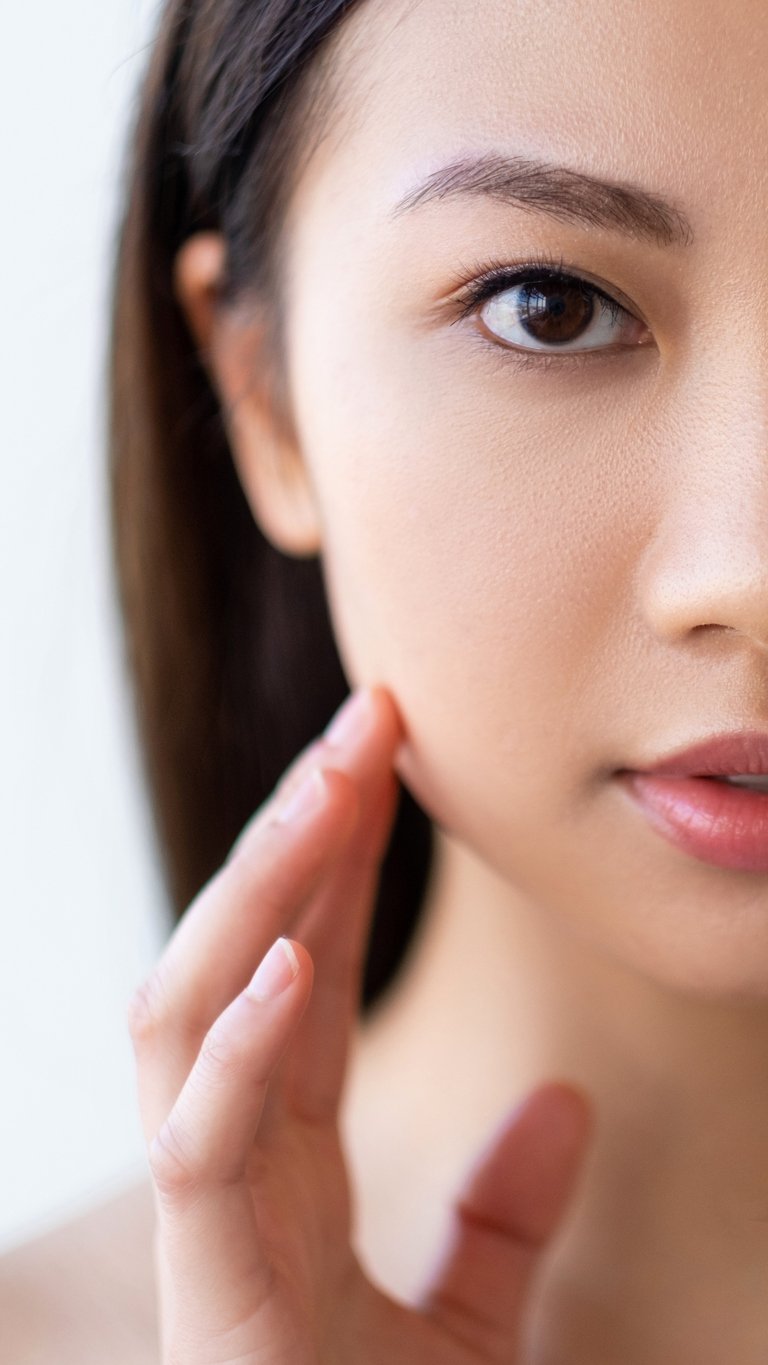Chin Augmentation
About Chin Augmentation Surgery
A retruded chin is often discovered when a patient is concerned about excessive prominence of the nose. A weak chin will give the illusion that the nose has too much projection, or make a slightly large nose look even larger. Chin augmentation is a surgical procedure that enlarges the chin to achieve balance in the facial proportion.
$5,425 – $5,800
*Please be aware that the prices listed here are approximate. To receive a specific quote, a consultation is necessary, as each patient is unique and surgeries are tailored to individual needs. Please note that pricing may vary due to changes in surgeon fees, operating room fees, and anesthesia fees.
Frequently Asked Questions
Chin Augmentation Procedure Information
Chin augmentation is often combined with rhinoplasty surgery, which is performed under a general anesthetic. Enlargement of the chin can also be performed under local anesthesia as an office procedure.
Meet Dr. Aker
Meet Dr. Beckman
After receiving her medical degree with honors, Dr. Beckman was selected for a highly competitive integrated plastic surgery residency position at Rutgers University, where she rigorously trained in both aesthetic and complex reconstructive plastic surgery for six years. During residency, she developed a strong passion for plastic surgery education and research. She earned several teaching and clinical excellence awards and served as Chief Resident in her final year.
After residency, Dr. Beckman was selected for an aesthetic plastic surgery fellowship position at H/K/B Cosmetic Surgery, one of the nation’s premier aesthetic plastic surgery practices. This additional year gives her the unique opportunity to learn from some of the most recognized names in aesthetic plastic surgery and to train with the most innovative procedures and products available.




